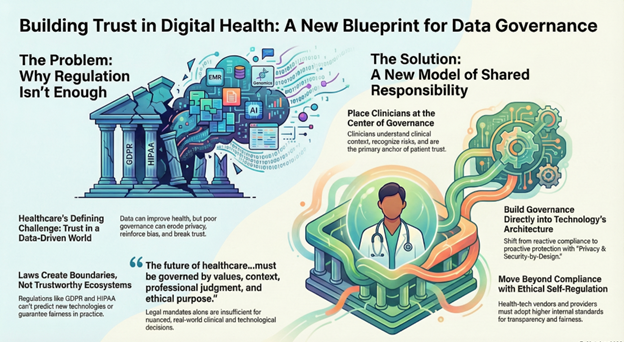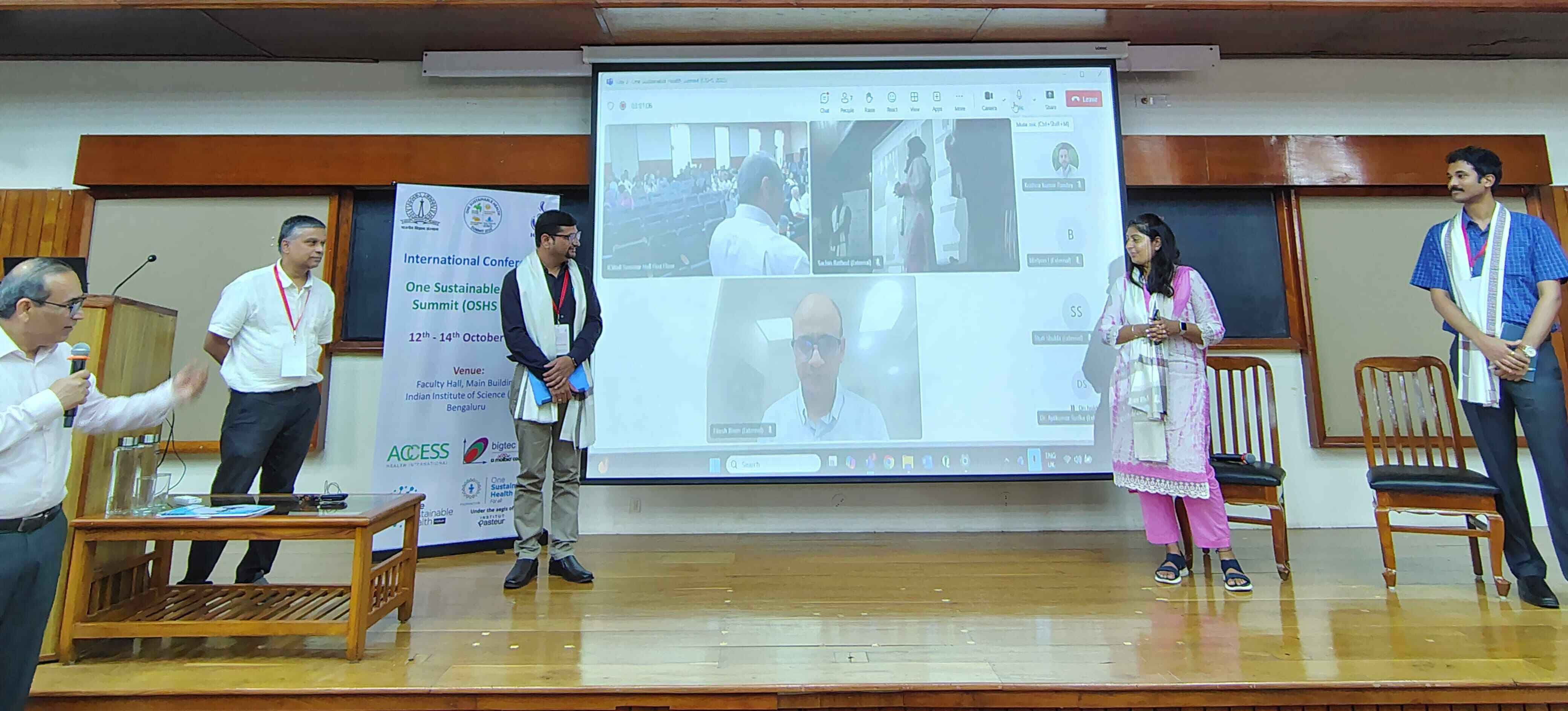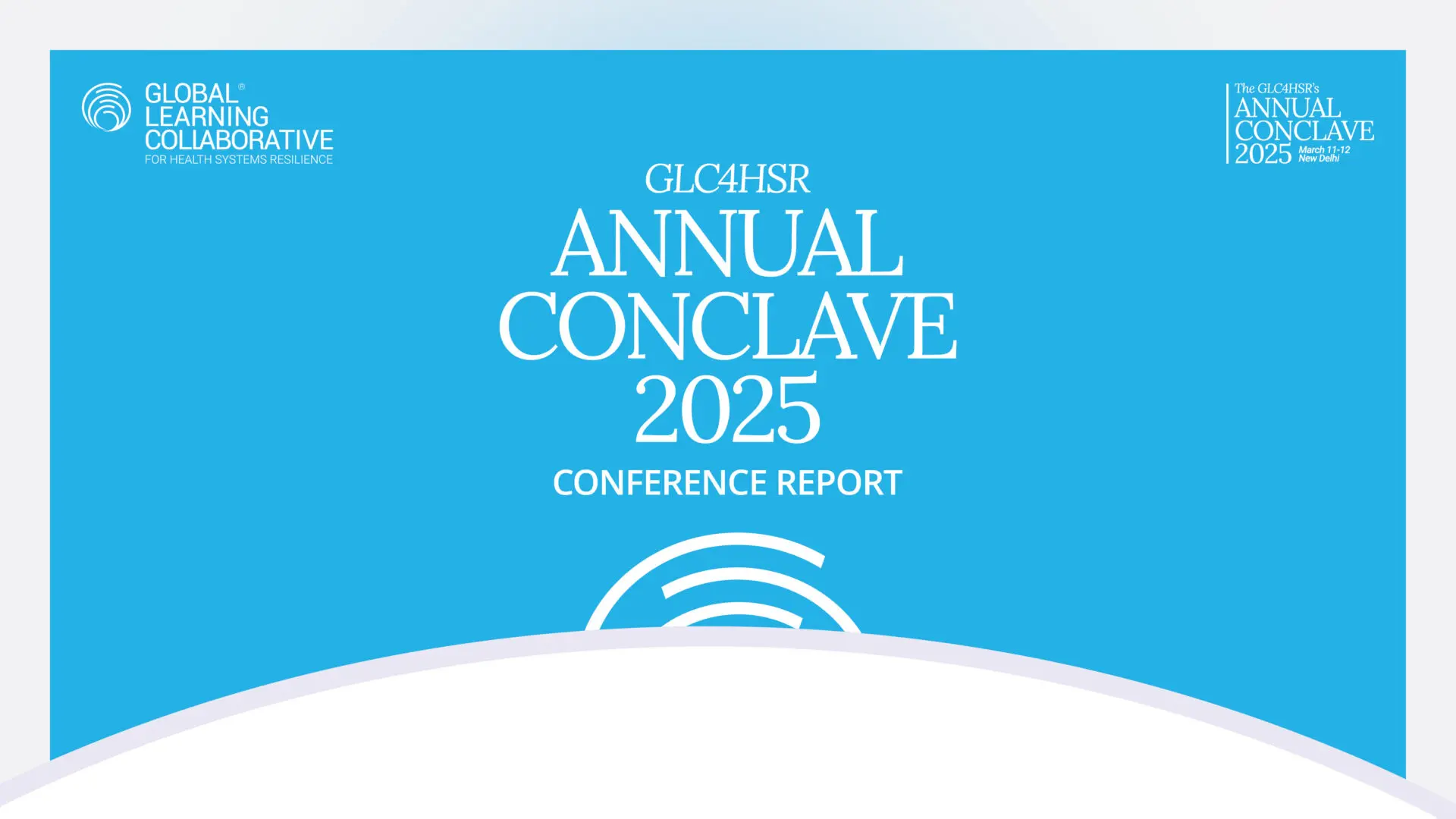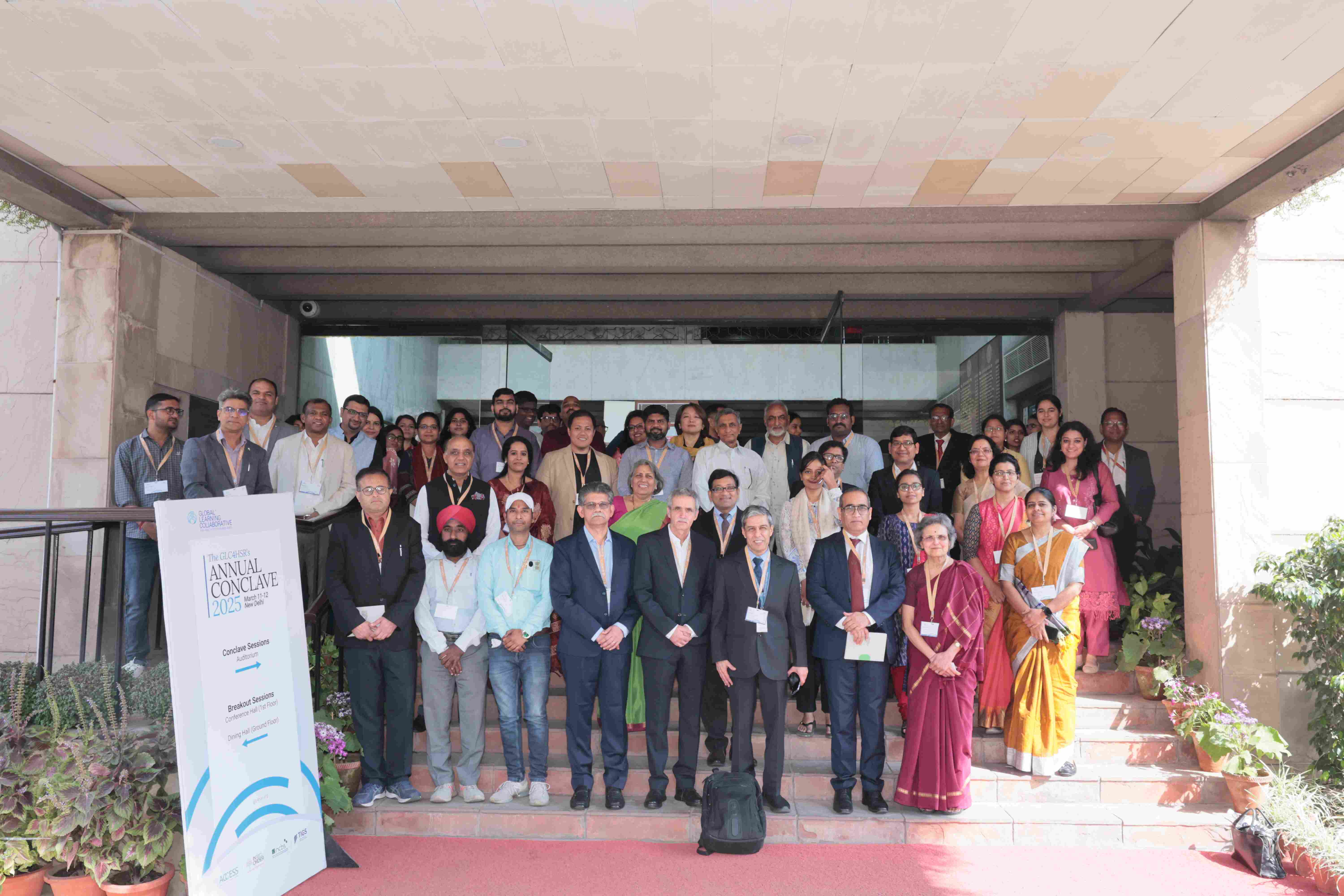OPINION: Institutionalizing Community-led Initiatives for Building Resilient Health Systems
Opinion Pieces ▪ Jan 8, 2024
Dr. Mehnaz Kabeer and Sushma Marita D’Souza
The GLC4HSR is dedicated to fostering robust health systems by promoting cross-thematic learning. It’s learning journey encompasses various thematic areas, including healthcare provisioning, resource supply, healthcare financing, and governance. Additionally, it addresses cross-cutting themes such as information, communication, and relations.
The aim of this collaborative is to build resilient health systems, capable of preventing public health emergencies, preparing for crises, detecting, adjusting to, responding to, and ultimately recovering from unprecedented shocks, while maintaining quality services and routine healthcare facilities. The thematic areas of GLC4HSR undergo continuous evolution with the emergence of sub-themes. Our recent work has led to the development of one such sub-theme known as community resilience. The significance of community engagement and participation becomes evident across the learning process within each subject area, especially in the context of the COVID-19 pandemic.
In the ever-evolving landscape of healthcare, the resilience of a health system hinges not only on its institutional structures but also on the grassroots initiatives that permeate communities. Thus, community-based health programs are pivotal in building resilient health systems and fostering a collaborative approach that transcends traditional boundaries. In community-based health programs, preventive care becomes the primary focus, moving the emphasis from reactive tactics to proactive ones. Community-based initiatives that support health education, screenings, and vaccination programs serve as front-line safeguards, protecting people from potential health risks. This focus on prevention helps to maintain long-term cost-effectiveness while also lessening the strain on healthcare facilities.
The importance of community-based initiatives is even more evident during times of crisis. Emergencies such as pandemics and natural catastrophes may place established healthcare systems under extreme stress. On the other hand, robust communities with well-established health services can serve as vital support systems, offering prompt medical attention, sharing vital information, and facilitating the quick mobilization of resources.
A key component of successful interventions is their ability to be tailored to the specific circumstances and context of the local community. This enhances community buy-in and ownership of the intervention. By empowering community members to take control of their health and integrating them in decision-making processes, these programs support a larger cultural transition toward a more resilient and self-sustaining healthcare model.1
A scoping review emphasizes the importance of community-led efforts, especially in low- and middle-income countries. Throughout the pandemic, local stakeholders played a critical role in providing help such as food, supplies, financial and livelihood support, and actively participating in raising awareness about the ongoing pandemic. Civil society organizations, volunteers, and community-led enterprises expressed a strong desire to help with pandemic response operations. However, constraints imposed by the government during the pandemic could have impeded their activity. 2 To enable an efficient response during a pandemic, it is critical to build an organized structure that combines these community activities into the established response system.
Community engagement has proven to be a valuable tool. Its effectiveness was established long before the COVID-19 pandemic, specifically since the outbreak of the Ebola crisis. In Seirra Leone, the spread of the Ebola virus epidemic was finally brought under control as a result of community involvement through radio campaigns, culturally acceptable funerals, and community members' participation in alert reporting, case finding, and isolation. Even though only a small percentage of cases were false alarms, the establishment of community-based surveillance systems was helpful in identifying cases from remote and rural locations. A few cases involved community members receiving training to become health workers, and being incorporated into the health systems. This had an influence on the Ebola virus disease detection and reduced mortality. The introduction of survivor reintegration programs also proved useful, which involves welcoming the survivor back into the society, assuring the community that they are free of diseases, and having them share their experiences with the treatment facilities. Such initiatives helped in the Ebola management activities and improved community compliance with the diseases control activities.3
Promoting common values and a feeling of social responsibility among communities is essential to the success of non-pharmaceutical public health interventions like wearing face masks and social distancing as seen in COVID-19, as these measures aim to stop the virus's spread.4
When it comes to public health emergencies, rural and urban areas may need different response strategies. According to a study conducted in urban settlements, there were three stages to the Ebola outbreak response: stage 1 was characterized by confusion and a lack of clarity, stage 2 was characterized by stigma and fear of the disease, and stage 3 included managing the disease with community ownership and response. The last stage involved increasing mutual trust within the community and information exchange with the participation of community leaders. Introduction of community bylaws and justice system as per different community needs by the community leaders were also beneficial during the outbreak. 5
Similarly, in terms of the impact and contributions emerging from community mobilization during the COVID-19 pandemic, Kerala, an Indian state, has set a notable example for the country. The collaboration of "Arogya Sena", health army and community volunteer groups with Rapid Response Teams (RRTs) has shown to be an effective strategy. RRT members, who are mostly youngsters associated with either the government or opposition political party, receive training and assistance from health ministries to give critical medicines, handle transportation needs, and support the deceased's funeral rites. Local self-government, in conjunction with existing community networks such as "Kudumbashree," also aided the RRTs' response. During such crises, these measures have proven to be effective in meeting the increasing demand for human resources. 6
“Vaccine champions” is another initiative in which community engagement was the key to resolve vaccine hesitancy, and promote trust in vaccines. The vaccine champions are usually members from the community who have a trusted position in the community. Given that the vaccine decision making is influenced by the social norms and practices, they help in shaping them and working towards trusted relationships.7
The impact of community-based initiatives is further enhanced by their integration with technology. Digital platforms make it possible to share health information, make remote consultations easier, and expedite community-based health data collection. This innovation in technology improves community-based programs' overall effectiveness and responsiveness, strengthening the system's resilience. For example, in some countries, like China and India, temperature sensors have been integrated into surveillance drones to track people's body temperatures in public areas.8
To conclude, community-based initiatives demonstrate themselves to be essential building blocks for resilient health systems. These initiatives build a flexible and dynamic healthcare system by utilizing technology, promoting preventive care, and establishing an atmosphere of community resilience. To jointly shape a future where health system resilience starts at the local level, governments, healthcare organizations, and communities must acknowledge and support the potential of these kinds of initiatives.
References
- An Integrated Framework for Assessing the Value of Community-Based Prevention. Natl Acad Press US [Internet]. 2012; Available from: https://www.ncbi.nlm.nih.gov/books/NBK206935/
- Sahoo KC, Sahay MR, Dubey S, Nayak S, Negi S, Mahapatra P, et al. Community engagement and involvement in managing the COVID-19 pandemic among urban poor in low-and middle-income countries: a systematic scoping review and stakeholders mapping. Glob Health Action. 2023 Dec 31;16(1):2133723
- Frimpong SO, Paintsil E. Community engagement in Ebola outbreaks in sub-Saharan Africa and implications for COVID-19 control: A scoping review. Int J Infect Dis. 2023 Jan 1;126:182–92.
- Haldane V, De Foo C, Abdalla SM, Jung AS, Tan M, Wu S, et al. Health systems resilience in managing the COVID-19 pandemic: lessons from 28 countries. Nat Med. 2021 Jun 1;27(6):964–80
- Hrdličková Z, Macarthy JM, Conteh A, Ali SH, Blango V, Sesay A. Ebola and slum dwellers: Community engagement and epidemic response strategies in urban Sierra Leone. Heliyon. 2023 Jul;9(7):e17425.
- Benny G, D HS, Joseph J, Surendran S, Nambiar D. On the forms, contributions and impacts of community mobilisation involved with Kerala’s COVID-19 response: Perspectives of health staff, Local Self Government institution and community leaders. PloS One. 2023;18(6):e0285999.
- Kaufman J, Overmars I, Leask J, Seale H, Chisholm M, Hart J, et al. Vaccine Champions Training Program: Empowering Community Leaders to Advocate for COVID-19 Vaccines. Vaccines. 2022 Nov 9;10(11).
- Saher R, Anjum M. Role of technology in COVID-19 pandemic. Researches and Applications of Artificial Intelligence to Mitigate Pandemics. 2021;109–38






